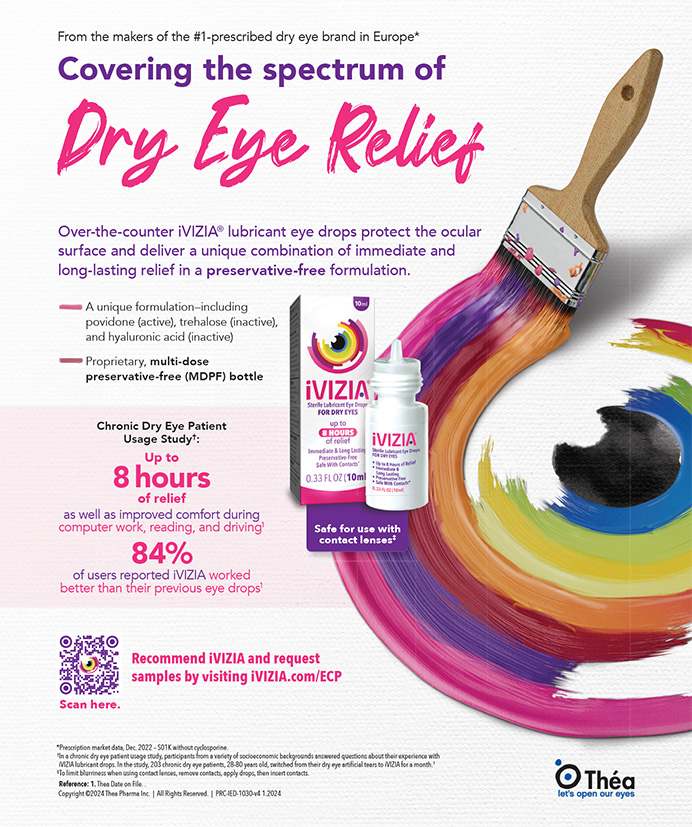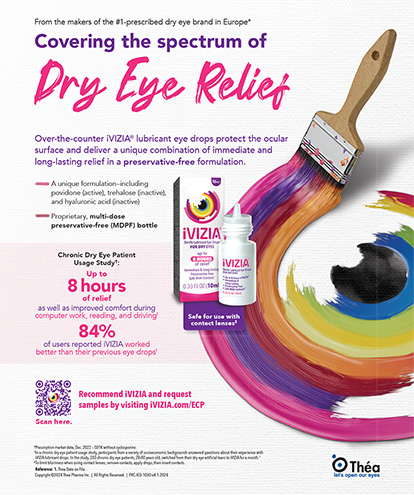This article shares my impressions of how cataract/IOL, corneal, and refractive surgery changed from 1978 to 2008. This exciting period holds lessons for us all—patients and surgeons.
CATARACT/IOL SURGERY
In 1978, cataract/IOL surgeons had just begun to exchange extracapsular techniques for the phaco procedure championed by Charles Kelman, MD. This transition would not be complete for another 15 years, when surgeons would also come to implant PCIOLs in virtually all eyes, including those of diabetics. The major development of the past 10 years has been the availability and offering of a variety of presbyopia-correcting IOLs after cataract surgery or refractive lens exchange.
CORNEAL SURGERY
Penetrating graft surgery has not changed significantly, whether or not the ophthalmologist uses a laser to create the corneal incision and the donor cap. Surgeons now commonly use techniques for endothelial lamellar transplantation, however, as well as laser dissections for lamellar corneal surgery.
REFRACTIVE SURGERY
The greatest change in the past 30 years is the willingness of patients and ophthalmologists to participate in surgery purely for the correction of refractive error in order to improve patients' lifestyle. LASIK, PRK and phakic IOLs are monumental milestones in the history of ophthalmic surgery.
ADVANCES AND COMPROMISES
The major surgical developments I have touched on have created profound issues with which the ophthalmic profession must now grapple. As an example, the initial surgeon can usually manage a complication that occurs during a cataract/IOL procedure. That is not the case in keratorefractive surgery. The most common major problem is irregular corneal astigmatism, yet the vast majority of LASIK surgeons do not perform lamellar keratoplasty, PRK, or penetrating keratoplasty to correct it.
After 15 years and approximately 12 million cases of PRK and LASIK worldwide, our profession has no simple, quantifiable method of testing for reduced visual function after keratorefractive surgery. We still use the Snellen chart without taking into consideration reduced contrast sensitivity.
Similarly, cataract surgeons originally held patients' visual problems following the implantation of multifocal IOLs in light regard compared with the improved near effect. Now, ophthalmologists place a much greater emphasis on postoperative glare and halos.
The mechanical advantages of a corneal endothelial transplant are impressive, but very little has been reported about the common and real decrease in patients' final visual function, which, from my observations, ranges from two to three lines on the Snellen chart. Corneal surgeons and patients may be hoping for better results, but I believe this degree of decrease to be a fact.
I strongly support the procedures I have mentioned and believe that they are aiding patients. In our quest for better results, certainly, we surgeons and our well-informed patients need to accept reasonable compromises. My point is that major advances in eye surgery often create visual function with significant optical aberrations and less than 20/20 Snellen function, and we cannot quantify the reduction in visual function in a manner that makes clinically useful sense.
The biggest change in the past 30 years, then, is that we are helping more and more patients but often slightly reducing their visual function. We will be in a transitional phase of anterior segment surgery pending the availability of a truly accommodative visual system (IOL or pharmaceutical) for patients of all ages. Until then, we must understand the results we obtain with surgery, determine how to measure these results accurately, acknowledge the compromises, and learn to deal with the complications.
Lee T. Nordan, MD, is a technology consultant for Vision Membrane Technologies, Inc., in San Diego. Dr. Nordan may be reached at (858) 487-9600; laserltn@aol.com.


